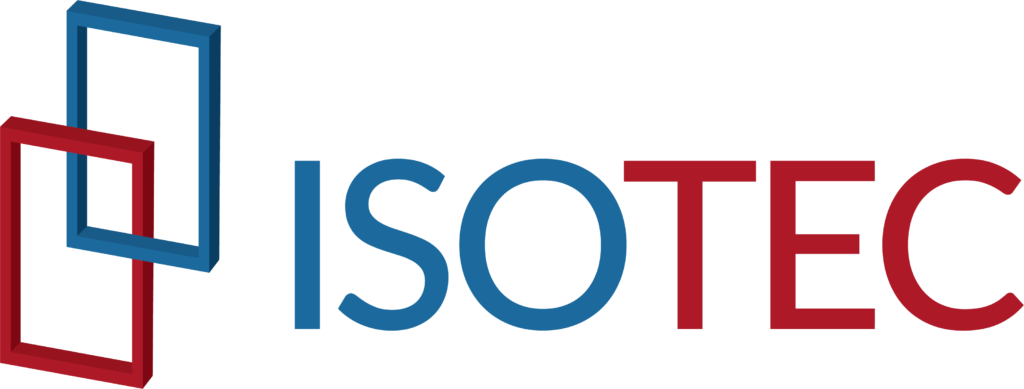TEMPEST: Telecommunications and Electrical Machinery Protected From Emissions and Spurious Transmissions
In United States security and intelligence parlance, a Sensitive Compartmented Information Facility (SCIF; pronounced “skiff”) is an enclosed area within a building that is used to process Sensitive Compartmented Information (SCI) types of classified information. SCI is classified information concerning or derived from intelligence sources, methods, or analytical processes, which is required to be handled within formal access control systems established by the Director of National Intelligence (DNI). Some entire buildings are SCIFs where all but the front foyer is secure. Access to SCIFs is normally limited to those with clearance.[1] Non-cleared personnel in SCIF must be under constant oversight to prevent unauthorized access to classified material;[2] as part of this process, non-cleared personnel are typically required to surrender recording and other electronic devices.[3] All of the activity and conversation inside is presumed restricted from public disclosure. A SCIF can also be located in an air, ground or maritime vehicle, or can be established on a temporary basis at a specific site.
The physical construction, access control, and alarming of the facility has been defined by various directives, including Director of Central Intelligence Directives (DCIDs) 1/21 and 6/9, and most recently (2011) by Intelligence Community Directive (ICD) 705, signed by the Director of National Intelligence. ICD 705 is a three page document that implements Intelligence Community Standard (ICS) 705.1. Computers operating within such a facility must conform to rules established by ICD 503. Computers and telecommunication equipment within must conform to TEMPEST emanations specification as directed by a Certified TEMPEST Technical Authority (CTTA).
SCI is usually only briefed, discussed, and stored in an accredited SCIF. Moreover, programs used for SCI are normally not acknowledged publicly by the U.S. government.
Zero risk tolerance for Physical Security of a SCIF can be accomplished a number of ways. Call us to find out how at 303.800.3344
Isotec’s Qualified Anti-terrorism Technologies protect the most secure facilities on the planet.
Intelligence Community Directive 703
Intelligence Community Standard 705-1

